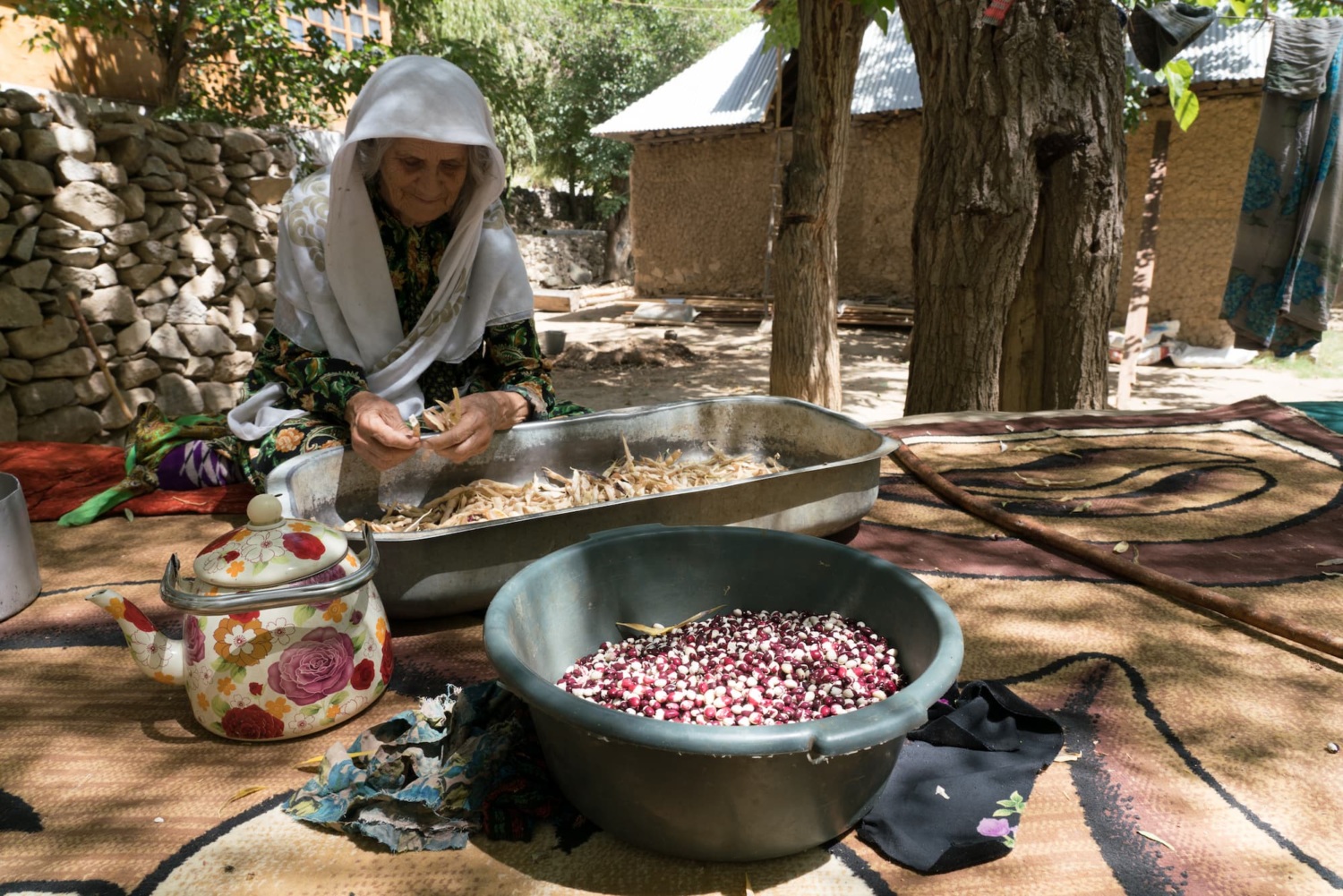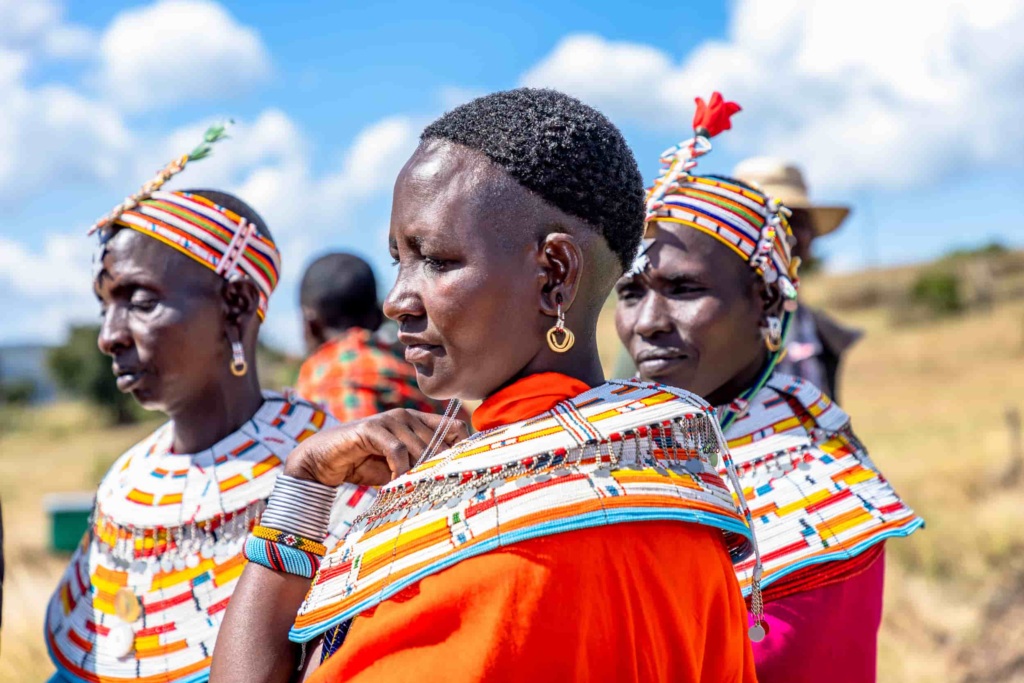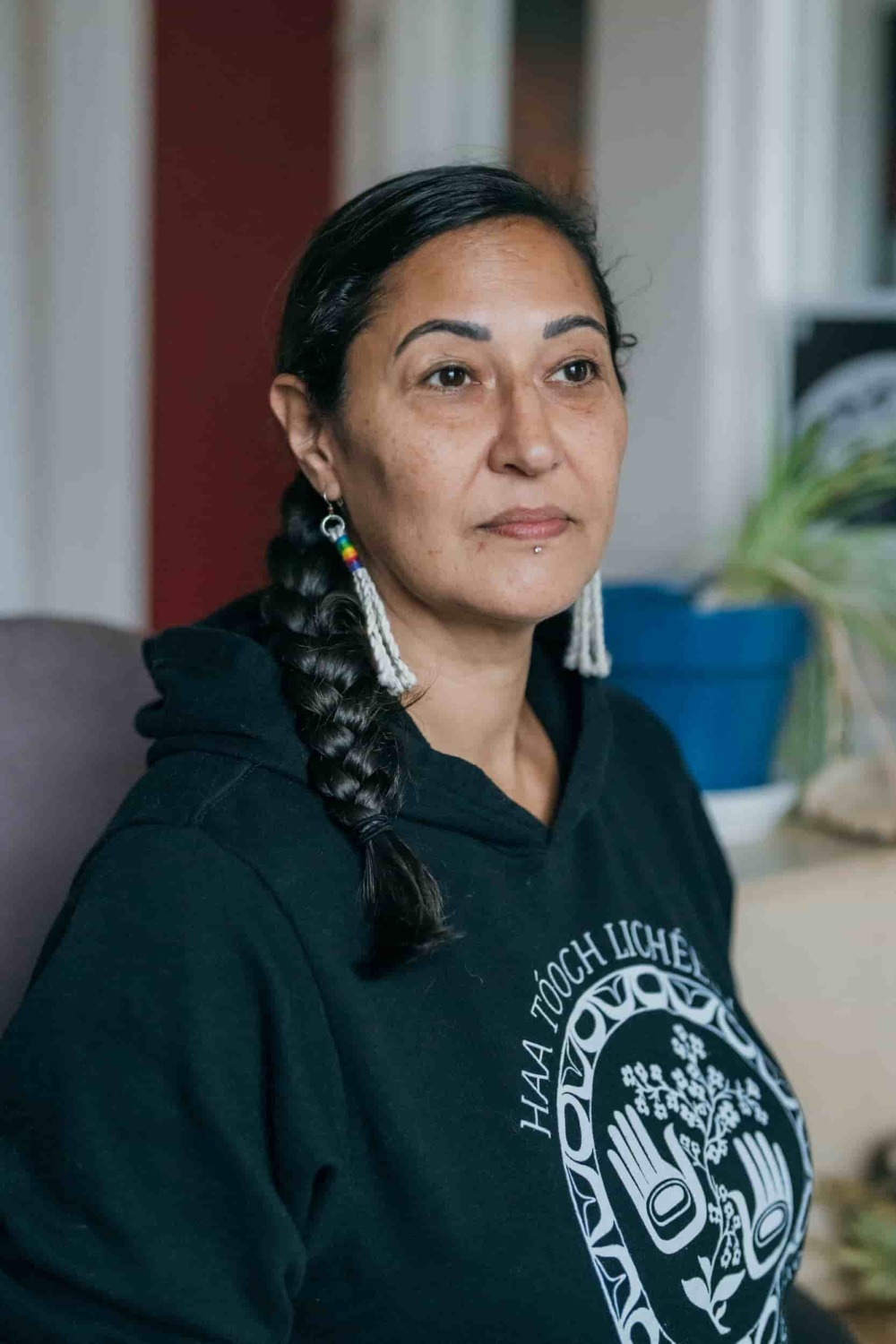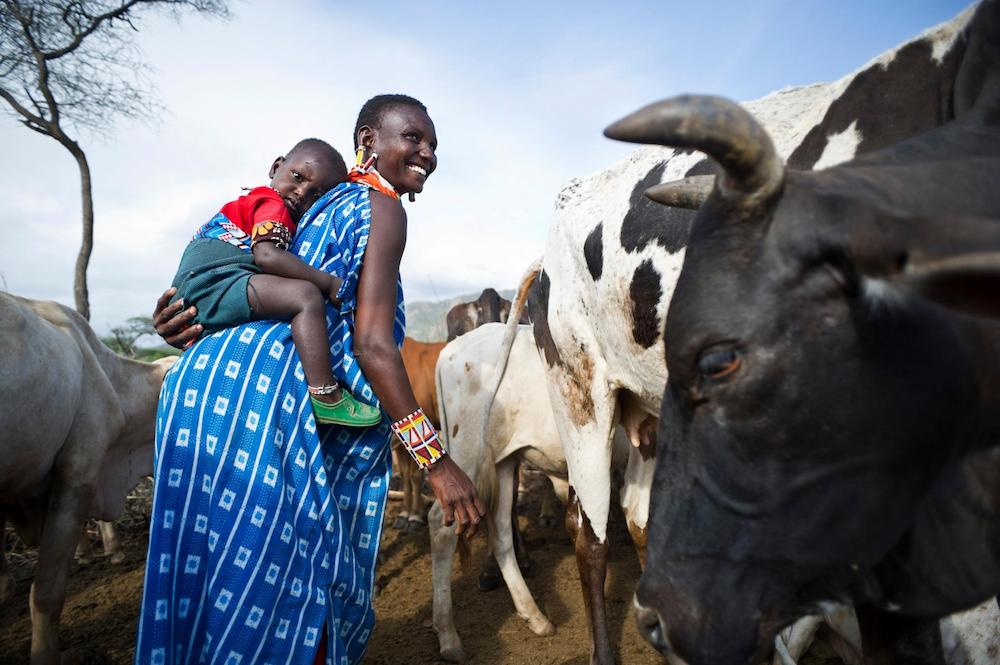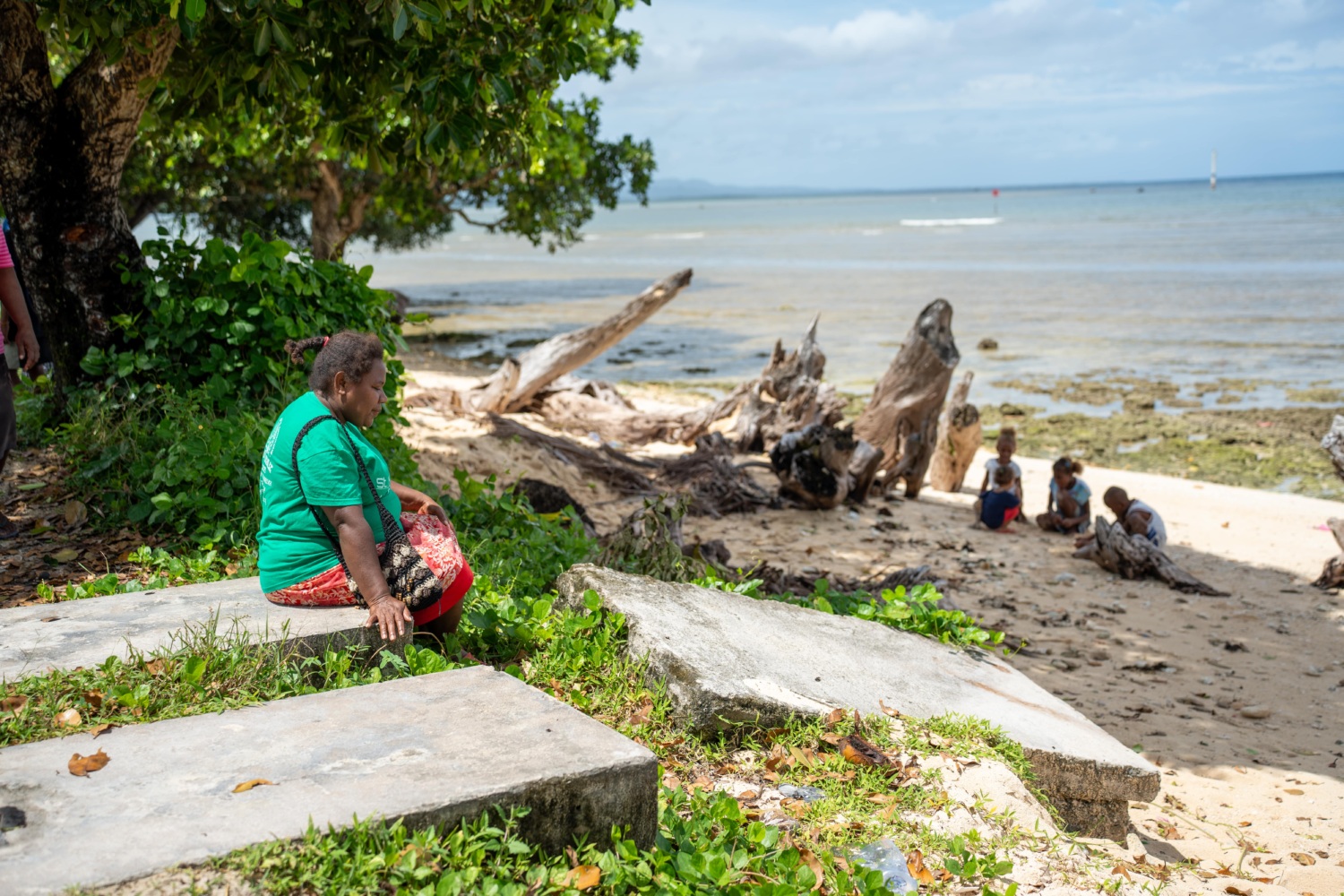Pamiri women and the melting glaciers of Tajikistan
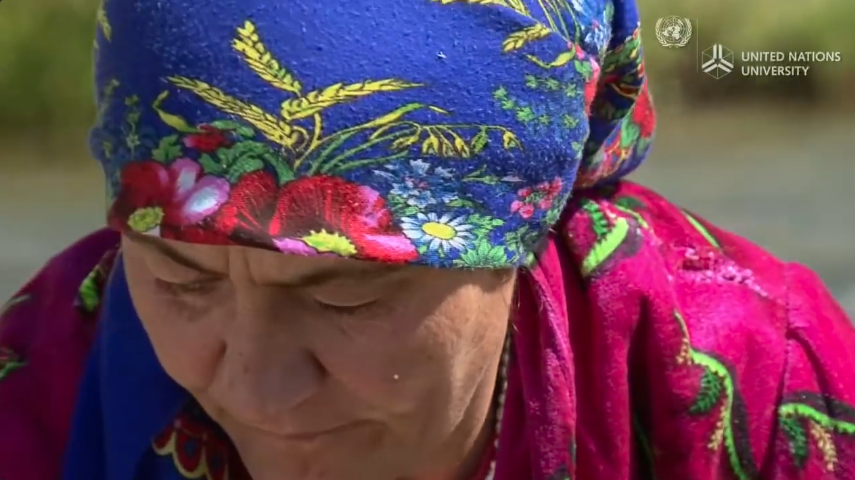
The glaciers of the Pamir mountains, which provide over 50% of Central Asia’s water resources, are rapidly melting at a rate similar to Greenland’s continental glacier. In this video, three generations of of Pamiri women share the impacts of the melt and decreasing water levels, and how it will ultimately impact urban communities downstream.
I remember 15 years ago, Tuz Kul was big. In recent years, it has basically disappeared. Toz Kul has disappeared and turned into salt. The salt is picked up by the wind and is bad for our respiratory health. If the lake disappeared completely, we will die. If the water disappears, then life will also disappear.Bakhitibegum Nebieva, Pamiri woman
Faces Of The Future: Marina Anderson

Among her many service positions, Marina is a long-time member of the Sustainable Southeast Partnership (SSP) Steering Committee. SSP is one of Home Planet Fund’s partners.
Raised on her people’s original homelands and waters in Alaska, Marina spends her life working at the intersections between cultural, social, economic, and environmental justice. She focuses on community needs in order to address them with sustainable solutions that are based on traditional ecological and social knowledge.
Her life revolves around serving her people and stewarding the lands and waters around her. Marina actively centers traditional Haida and Tlingit skills of harvesting and food preservation, along with carving, weaving, beading, and storytelling.
Rosemary Nenini
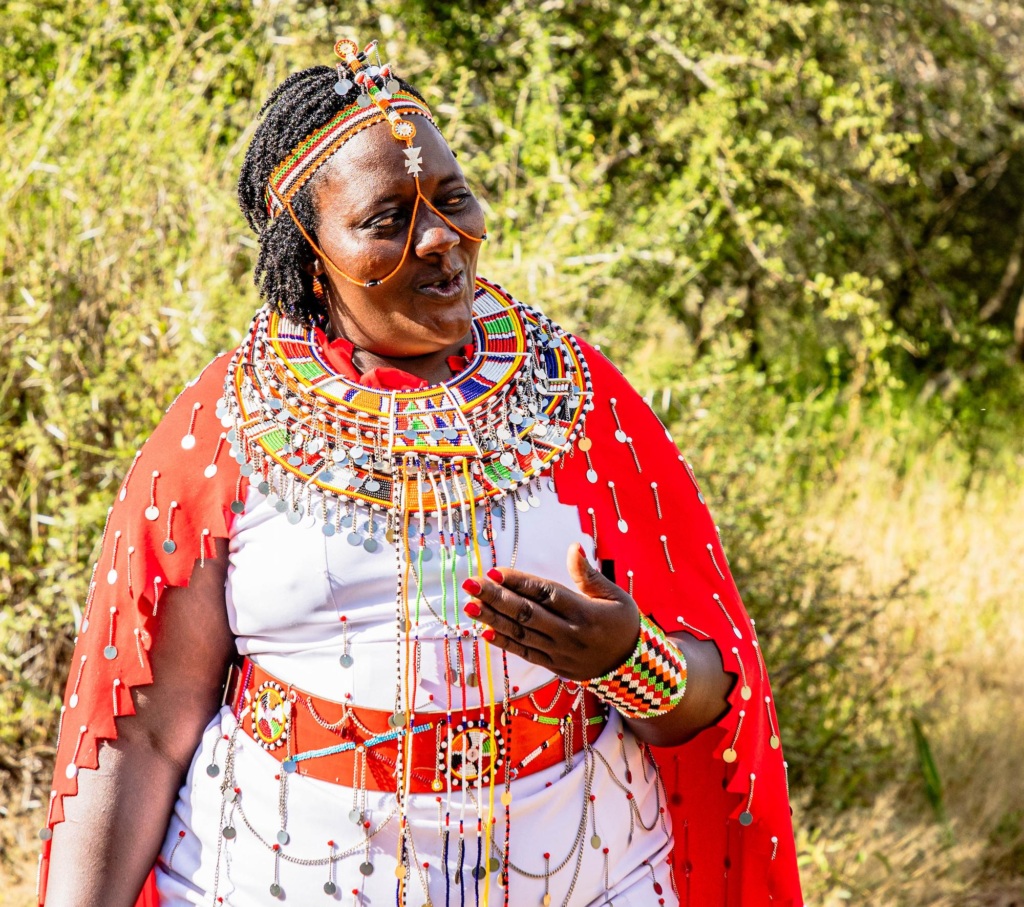
Located in the Laikipia region of northern Kenya, Rosemary worked to form six groups of women in 2004 that would work together. “We have a beautiful Maasai culture,” she explained. “But we need a way to care for our children’s education, we must stop FGM (Female Genital Mutilation), and we need to stop arranged marriages.”
The way Rosemary sees it, “The only way to stop these culturally harmful practices is for women to become economically empowered. And first we needed land to make this work.”
So, in 2007, after managing to have herself heard at a men’s meeting, her women’s collective was given five acres of land that included a traditional pastoralist settlement to help generate income, which supports the work the collective is doing in the community.
Praying Through Water (Pamir 2014)
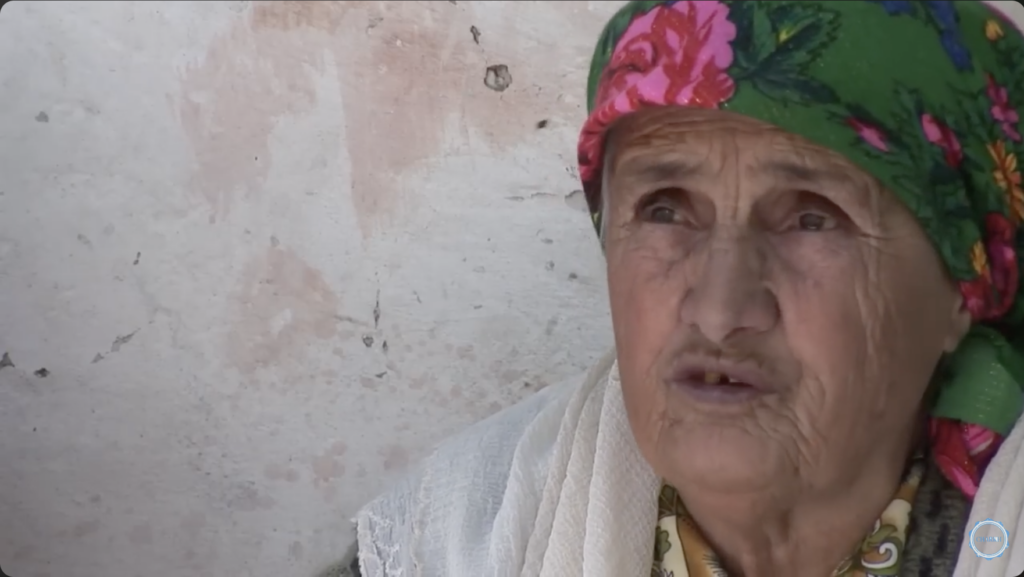
This 27-minute film explores the ancient traditions and rites of the people inhabiting high up in the Pamirs in Central Asia. In spring, when the time comes to water the lands, the locals need to let the mountain stream come down to the village. Before the water is directed to fall down to the village, a special rite is carried out to sacrifice food for the mountain stream. Through these rites, locals try to express their gratitude to the guardian angel of the mountain stream, illustrating the concept of oneness of the human being and nature. Water is linked with the life-cycle of the mountain people, representing the land’s femininity in how she takes care of those who take care of her.
